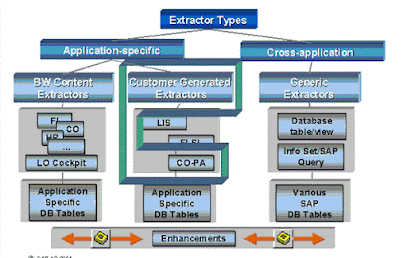The Structure of the SAP Data Lake
In April 2020, SAP launched the SAP HANA Data Lake with the goal of strengthening its existing data storage capabilities and offering customers an affordable storage system. Included were an SAP HANA native storage extension and SAP Data Lake. From the very introduction of this system, several cutting-edge capabilities were added to this package. This led to the SAP Data Lake of the SAP IQ cloud-based system being considered at par with other competitors such as Microsoft Azure and Amazon Simple Storage Service.
The structure of the SAP
Data Lake is unique and is unlike other data lakes. It resembles a
pyramid that is segmented into three parts.
The top section holds data that is critical for businesses
and is accessed regularly and processed for daily operational requirements. This
is vital data often referred to as hot data and the cost of storing it in the SAP Data Lake is the highest.
The middle of the pyramid is for storing data that is
infrequently used but not as unimportant as to be deleted from the system. This
is known as warm data and since it is not as valuable as the top tier, the
storage costs are much lesser.
At the bottom of the SAP
Data Lake and the pyramid structure is cold data that is rarely used. In
the past, this data would have been deleted to save on storage space and reduce
costs. However, in the SAP Data Lake, the
cost of storing this data is so low that businesses prefer to keep it in their
systems for historical purposes. The downside is that access to this data is
very slow.




SAP HANA Data Lake is a cutting-edge data management solution that combines the capabilities of SAP HANA with a data lake architecture. It provides organizations with a unified platform for storing, processing, and analyzing large volumes of structured and unstructured data. SAP HANA Data Lake allows businesses to seamlessly integrate data from various sources, enabling comprehensive analytics and insights.
ReplyDelete